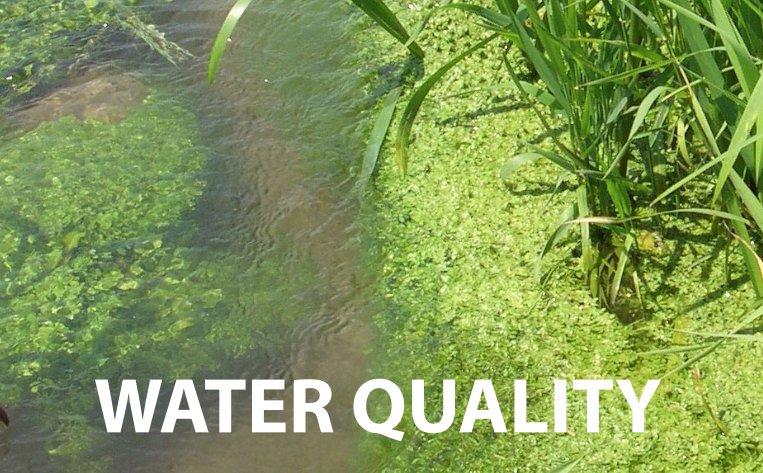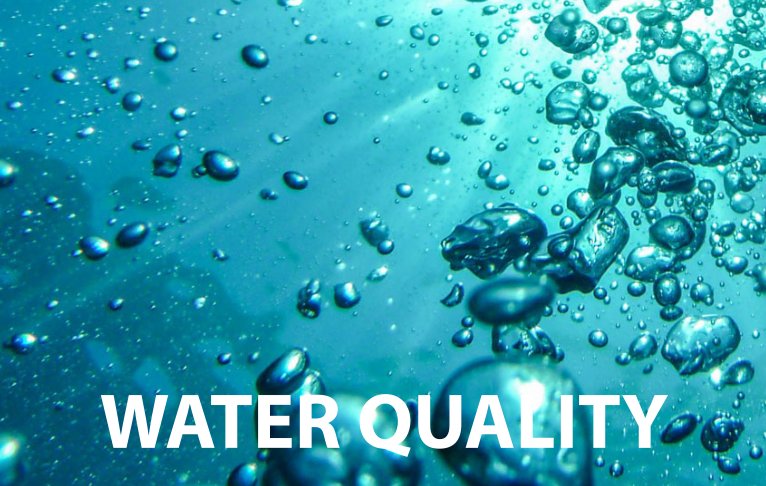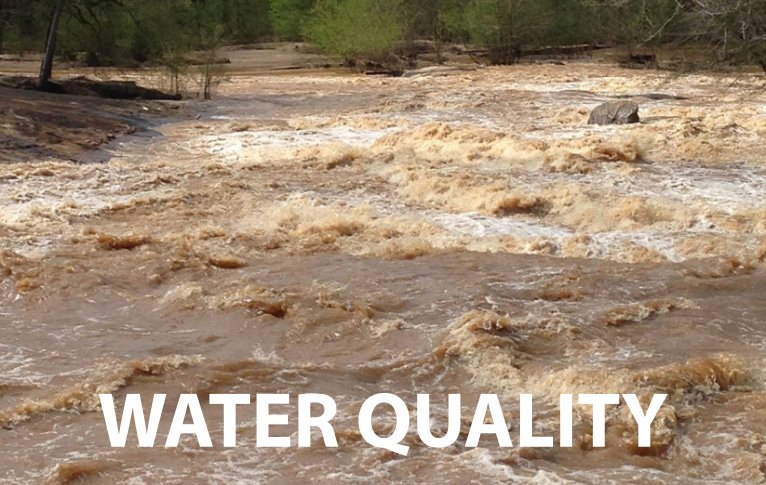REQUEST A BROCHURE
Please enter your details below to receive a brochure. We can send either a PDF or print copy for the product you choose
For all your needs for air water & fish
In order to effectively manage a water body you can now explore how factors impact water health and how to deal with them.
The information on the page is divided into categories and then by Factors. You can delve into the details of each environmental factor and associated components, influences and consequences. These factors range from physical to chemical characteristics and include all necessary elements to better manage your water.

Sediment refers to the conglomerate of materials, organic and inorganic, that can be carried away by water, wind or ice. While the term is often used to indicate soil-based, mineral matter (e.g. clay, silt and sand), decomposing organic substances and inorganic biogenic material are also considered sediment……
Algae are aquatic, plant-like organisms. They encompass a variety of simple structures, from single-celled phytoplankton floating in the water, to large seaweeds (macroalgae) attached to the ocean floor. Algae can be found residing in oceans, lakes, rivers, ponds and even in snow, anywhere on Earth…….


Dissolved organic matter, or DOM, is the largest reservoir of organic carbon in the aquatic environment. It can be greatly influenced by land use, which can ramp up or diminish organic matter loads to waterways….
Conductivity is a measure of water’s capability to pass electrical flow. This ability is directly related to the concentration of ions in the water. These conductive ions come from dissolved salts and inorganic materials such as alkalis, chlorides, sulphides and carbonate compounds….


Dissolved oxygen refers to the level of free, non-compound oxygen present in water or other liquids. It is perhaps one of, if not, the most important factor affecting water quality because of its influence on the fish and other organisms living within a body of water. In limnology (the study of lakes), dissolved oxygen is an essential factor second only to water itself….
pH is a determined value based on a defined scale, similar to temperature. This means that pH of water is not a physical parameter that can be measured as a concentration or in a quantity….


Total suspended solids (TSS) are particles that are larger than 2 microns found in the water column. Anything smaller than 2 microns (average filter size) is considered a dissolved solid….
Water temperature is a physical property expressing how hot or cold water is. As hot and cold are both arbitrary terms, temperature can further be defined as a measurement of the average thermal energy of a substance. Thermal energy is the kinetic energy of atoms and molecules, so temperature in turn measures the average kinetic energy of the atoms and molecules…


Solar radiation is radiant (electromagnetic) energy from the sun. It provides light and heat for the Earth and energy for photosynthesis. This radiant energy is necessary for the metabolism of the environment and its inhabitants….